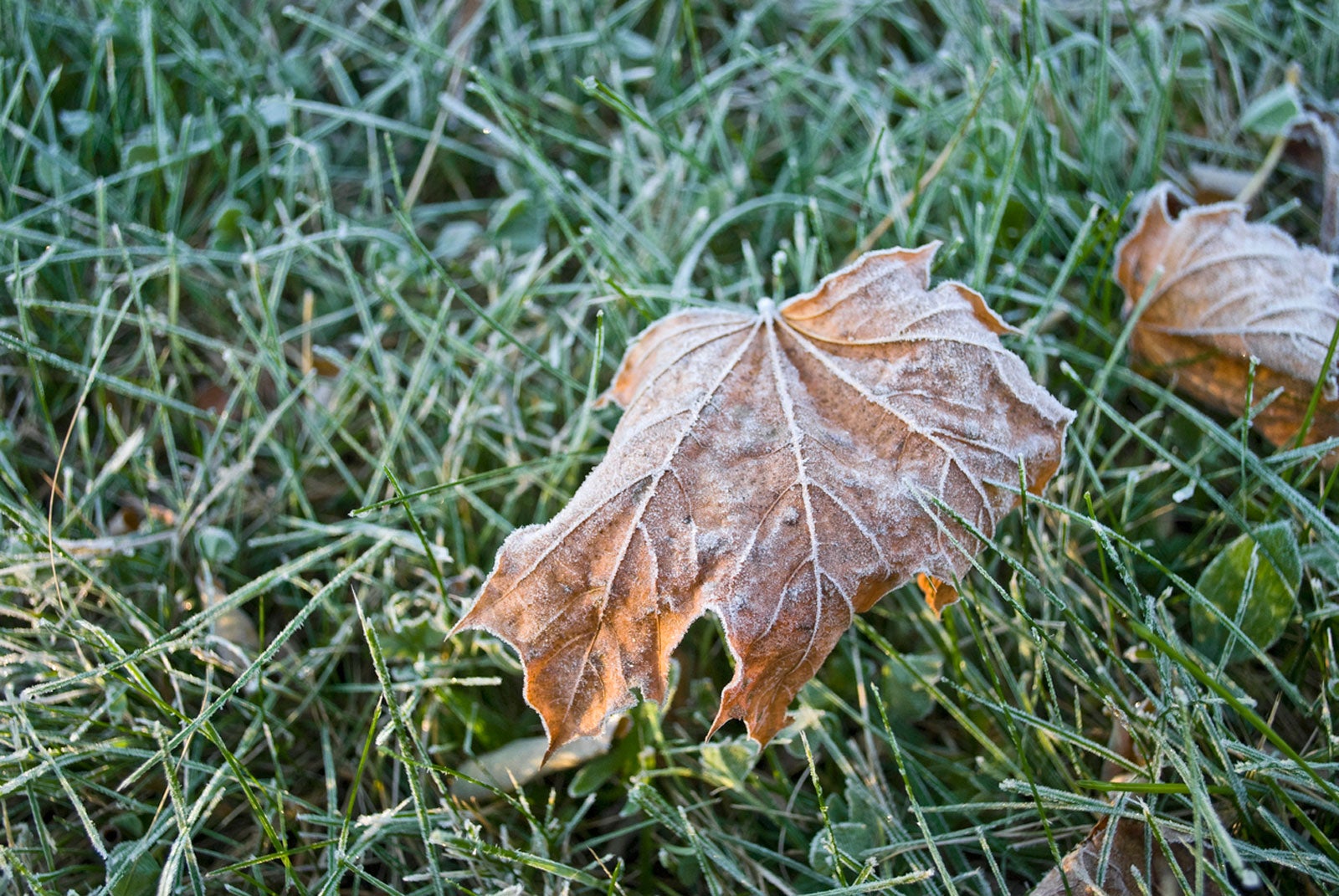What Is Light Frost: Information On The Effects Of Light Frost

Nothing takes the smile off of a gardener's face quicker than an early fall or a late spring frost. Even worse is the fact that it doesn't take much of a frost to damage your prized plantings. Keep reading to find out what is light frost and plant frost info for plants affected by light frost.
Plant Frost Info
Understanding the frost dates in your gardening region is critical to maximizing your garden potential. However, there are always frosts that sneak up and catch you off guard, no matter how prepared you think you are. Paying attention to weather forecasts in the fall and spring is essential to the health of your garden. Even a light frost can cause extreme damage to young spring plants or bring the colorful display of late summer tender plants to a screeching halt.
What is a Light Frost?
A light frost occurs when the air has dropped below freezing but the ground has not. A hard frost occurs when the air is cold and the ground is hard. Many plants can survive the occasional light frost, but more care must be taken when the weather forecast calls for a hard frost. The effects of light frost vary from plant to plant but can include a browning or scorching effect on foliage, all the way to a complete stem collapse. Therefore, it's usually a good idea to provide all your plants with some light frost protection.
Plants Affected by Light Frost
Tender plants can be killed by a light frost; these include tropical and subtropical varieties. When the water inside of the plant gets cold, it crystallizes. When it warms up, it cuts the inside of the plant, allowing moisture to escape and thus, killing the plant. If the area between leaf veins appears pale brown or scorched, it may indicate frost or cold damage. Tender and tropical perennials and bulbs may turn black when hit with the first fall frost. Light frost protection is definitely a necessity if you have tender plants in your garden. Spring frosts can cause damage to tree blossoms and young fruits. Frost-sensitive vegetables such as potatoes and tomatoes may suffer leaf scorch, browning, and even death from a late spring frost.
Gardening tips, videos, info and more delivered right to your inbox!
Sign up for the Gardening Know How newsletter today and receive a free copy of our e-book "How to Grow Delicious Tomatoes".
-
 Try The Trend – Turn Any Bed Into A Keyhole Garden With This Clever In-Ground Composter
Try The Trend – Turn Any Bed Into A Keyhole Garden With This Clever In-Ground ComposterKeyhole gardening is an efficient and sustainable practice that saves space. Get started on this DIY project quickly and easily with an in-ground composter.
By Bonnie L. Grant
-
 4 Superfast Composting Methods: Turn Waste Into Garden Gold In 30 Days Or Less
4 Superfast Composting Methods: Turn Waste Into Garden Gold In 30 Days Or LessTry the fastest composting methods to turbocharge your pile and transform kitchen scraps and garden waste into finished compost in just a few weeks.
By Mary Ellen Ellis